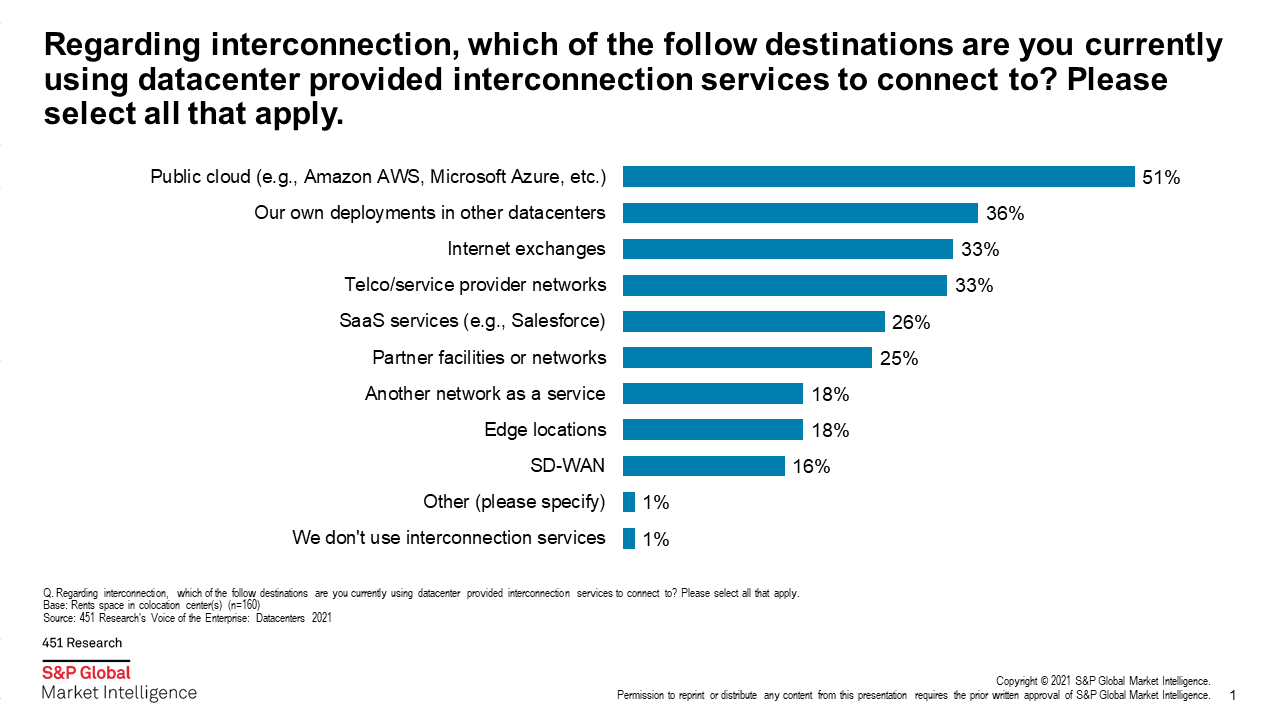
Media and Entertainment Adapts with Hybrid IT
Every industry has adapted to accommodate the ever-changing requirements brought on by the pandemic – the media and entertainment industry is no exception. In the past, writers, producers and directors would meet in person to collaborate on a project. As it moved forward, depending on the size and scale, literally hundreds of people could be involved during filming, through the editing process, and on to the final delivery. Connectivity – The tie that binds the various points of the media and entertainment industry.
The M&E Challenge: Moving Huge Files Between Myriad Stakeholders
One particular challenge for the media and entertainment industry is that the file sizes involved can be excessively large. Many years ago, this wasn't much of a problem because physical media was simply transported from place to place, or the various sound, video and effects crews were brought to where the project was being produced. These days, however, thanks to digital transformation and an evolution in the production workflow throughout the industry, this work is accomplished by transferring large files over dedicated networks or the internet to the studios of the various parties involved.
Prior to the pandemic, there was already a trend toward remote work within the media and entertainment industry. COVID-19 put all that in fast-forward. Suddenly, production companies were having employees "remote in" to workstations from home or were getting rid of high-priced real estate in favor of moving production services to datacenters or the cloud. Connectivity was more critical than ever. As the pandemic dragged on, the industry saw an increase in regional content development, which could mean a number of things, such as files traveling longer distances (sometimes around the world), employees needing to connect to workstations in other parts of the world, and so on. Again, high bandwidth and reliable connectivity were at the center of ensuring that the show would go on.
Increasingly, multi-tenant datacenters are the epicenter of connectivity. From multiple lit and dark fiber options and dense carrier availability to internet exchanges, cross connects and cloud on-ramps, companies have come to view leased datacenter facilities as interconnection hubs. In fact, in a recent survey by 451 Research, over 98% of respondents who use colocation said they also use interconnection services from the provider, with connectivity into the public clouds – e.g., Amazon's AWS, Microsoft Azure – being the most popular use case, cited by 51% of respondents. In support of this, many datacenter providers, including CoreSite and others, have built connectivity platforms to make it easier for customers to not only turn on connectivity services to reach whatever destination is required but also turn services off when they are no longer needed, in order to control costs.

For the media and entertainment industry, leveraging a colocation facility makes a lot of sense. Not only can the various companies involved in production and delivery gain access to a rich connectivity ecosystem, but also to specialized providers that have services specific to the industry and understand the business.
References:
1. 451 Research's Voice of the Enterprise: Datacenters, 2021










